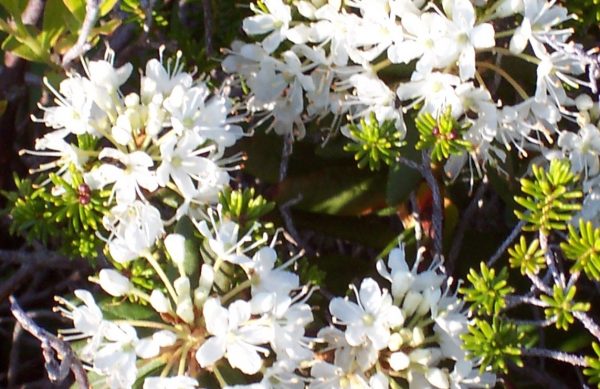EMDR and Traditional Aboriginal Healing Ceremonies…anything-in-common
Making the link between EMDR and traditional Aboriginal healing ceremonies is conceptually easy for me.
Traditional Aboriginal healing ceremonies being referred to here include the Sundance, sweats, and vision quests.
EMDR – Eye Movement Desensitization and Reprocessing, more currently being referred to as AIP – Adaptive Information Processing, is a trauma therapy developed by Francine Shapiro.
So what do these two avenues to healing have in common?
First, both EMDR and Aboriginal healing ceremonies involve what I would like to refer to as a guide.
One role of the guide is to prepare the setting in such a way that the recipient can do their work in a setting which feels safe, and comfortable.
Secondly, the guide will help them to prepare for the journey with steps that can be similar, such as suggesting they arrive sober; alternatively, there are steps that are quite different, such as wearing appropriate clothing for sundance or learning self regulation in preparation for AIP processing.
The guide fulfills many functions – assuring all that is needed is in place – in terms of preparation of the person and the place; walking the recipient through the process; and providing ongoing direction through the journey.
Secondly, although the guide fulfills these responsibilities, it is clear that the participant must do their own healing work. The guide is a witness, and can support, nudge, encourage, but it is the responsibility of the participant to do his/her own work.
Third, both traditional ceremonies and EMDR allow blocked energy to be released, albeit by different methods. EMDR is an elaborate therapeutic process with stages including assessment and treatment planning, education and preparation, processing with bilateral stimulation, re-evaluation of targets processed, and processing of any additional issues identified upon re-evaluation. Traditional ceremonies involve elaborate rituals handed down from medicine man to medicine man, which all serve to facilitate the healing work of the participants. In the sweat, the sun dance and the vision quest, the participant has an opportunity to bring those parts that need healing to the presence of Creator, to be released.
In either case, negative thoughts, feelings, beliefs, behaviour, etc are addressed directly, in order that the spirit or the body can release the negative or blocked energy within that participant.
Lastly, both approaches indicate confidence in a participant’s capacity to do their healing work and honours that capacity through their methodology.


